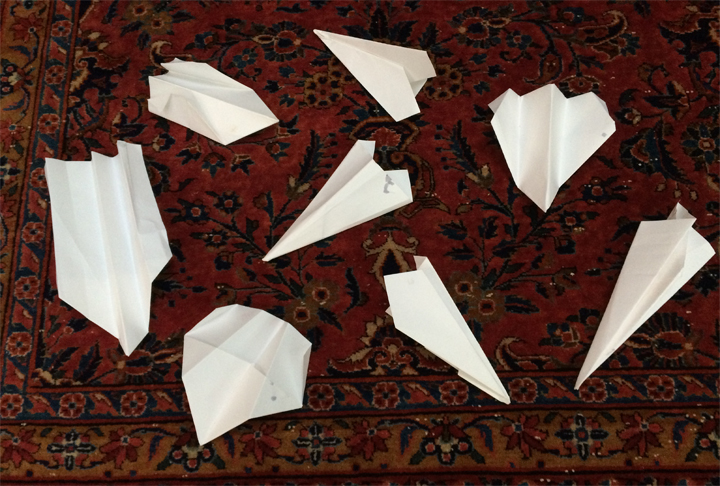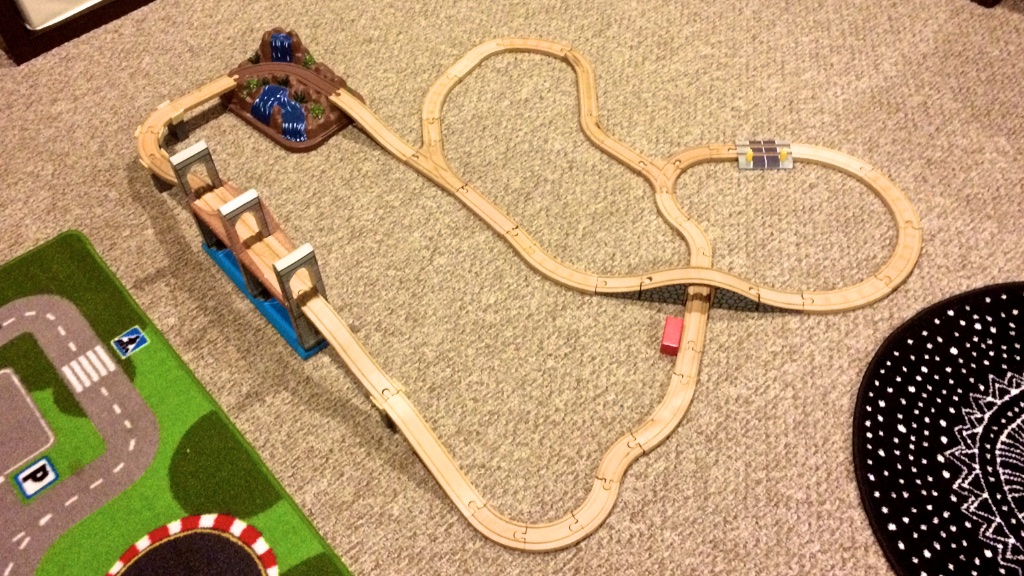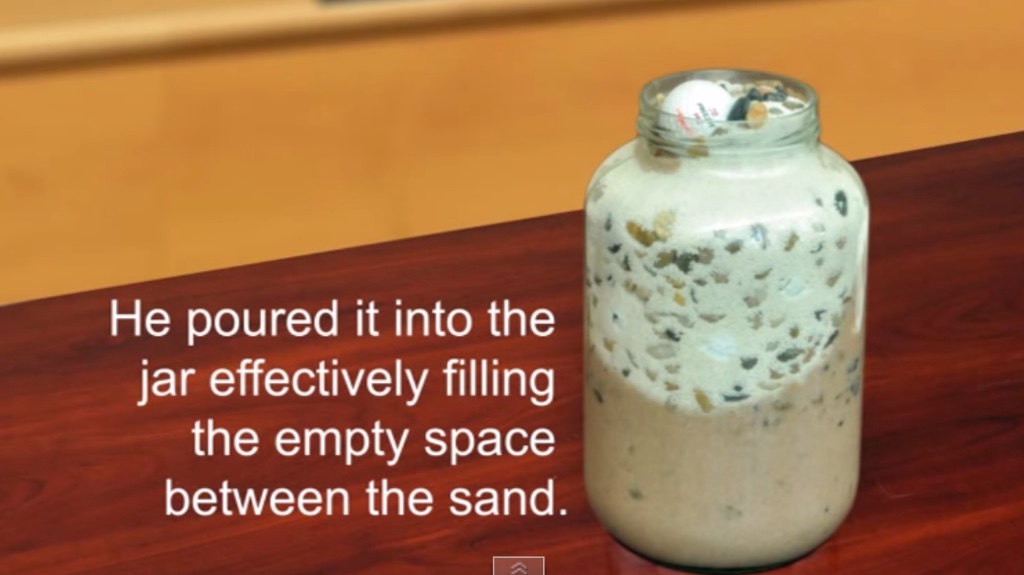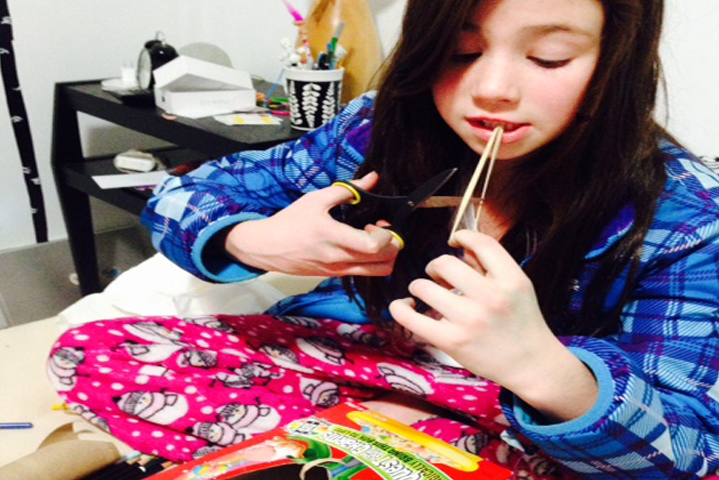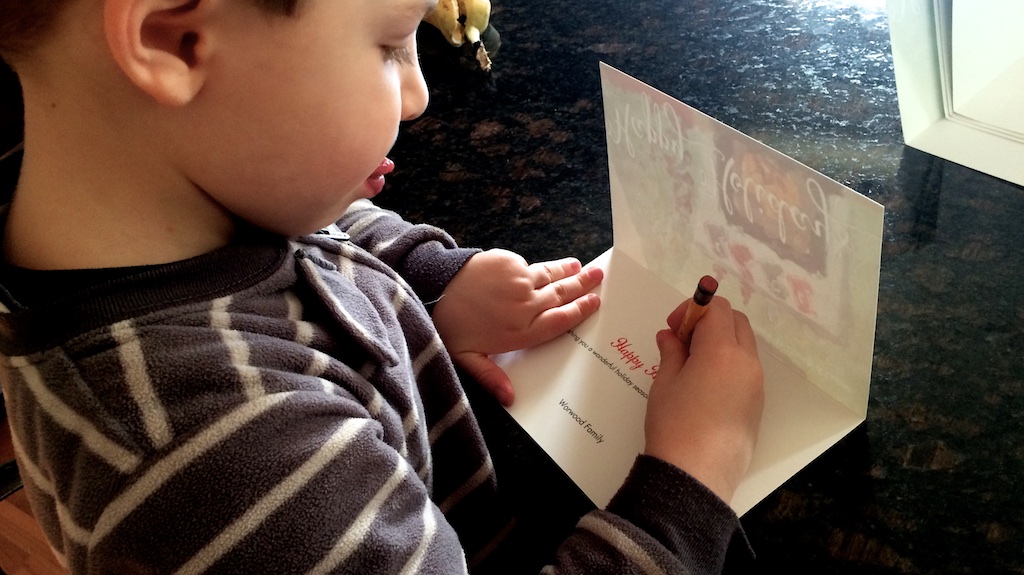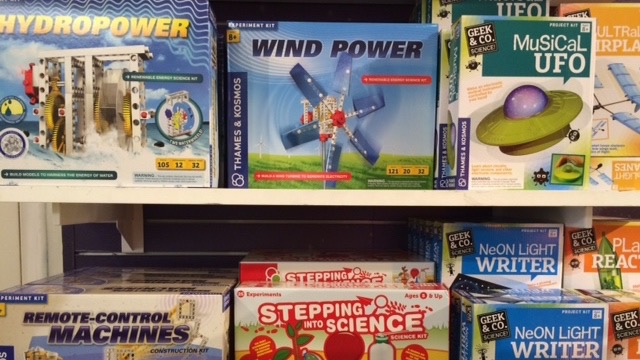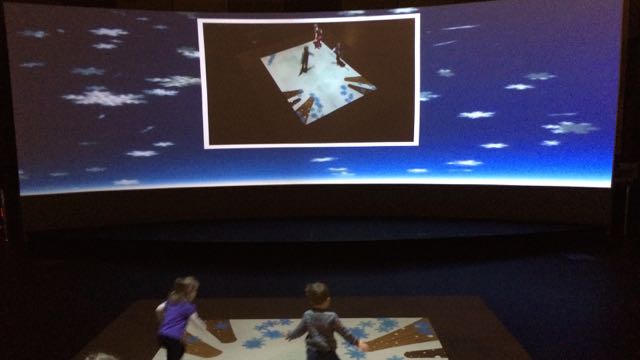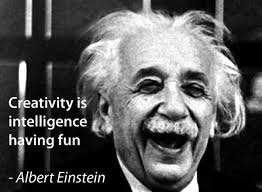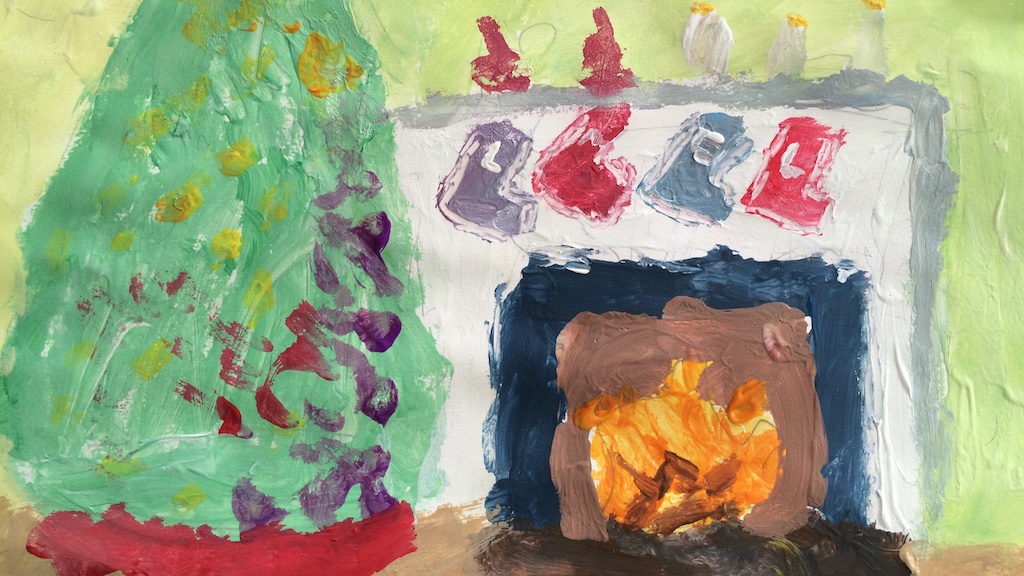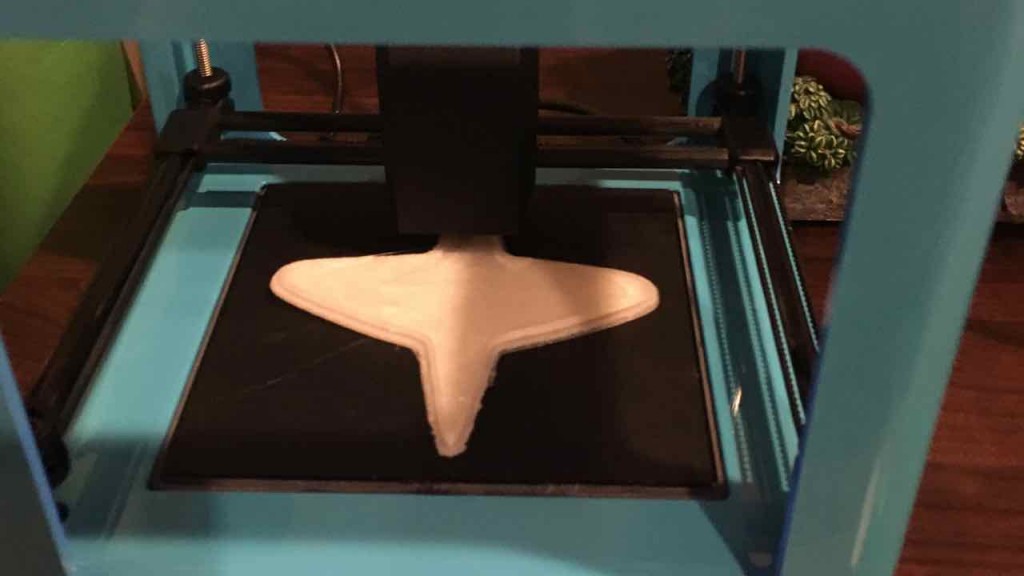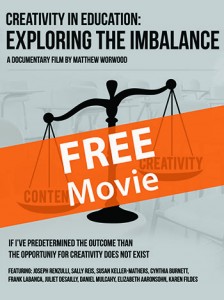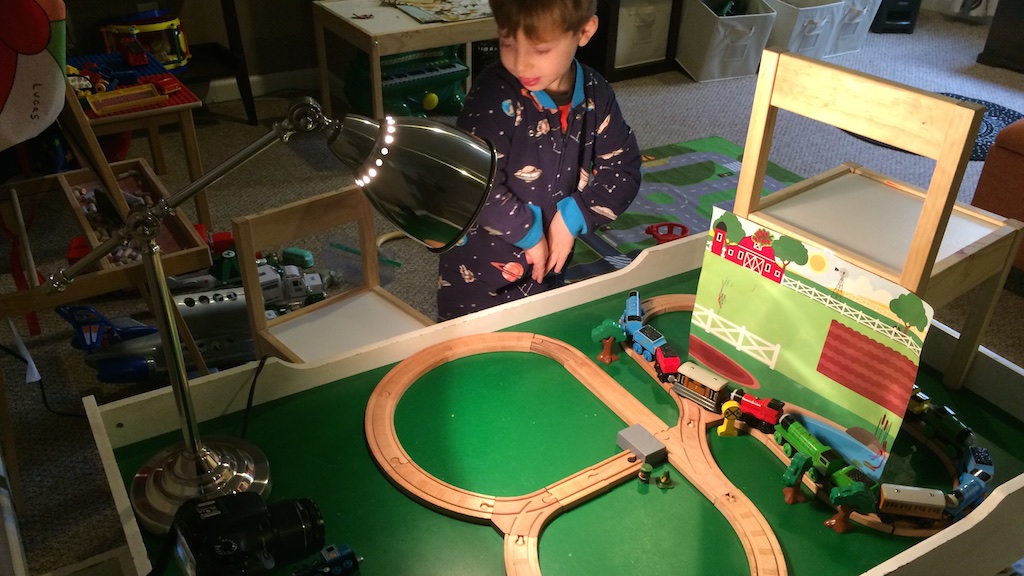“Daddy, do you know how to make a paper airplane?” My daughter’s question sparked an hour of trial and error test flights that culminated in our design for a plane that glided the length of our mid-century house: “Daddy,” she exclaimed after our successful flight, “We’re engineers!”
What happened during that hour enabled my ten year-old daughter to discover and begin to develop some basic creative problem solving skills. And in the process we both had a hellueva lot of fun!
Step 1: Drawing on Previous Knowledge/Experience
Building a paper plane from memory. My daughter watched attentively as I carefully folded down the edges of a sheet of paper. My boys school rigid education drilled me in the art of designing and launching planes as soon as a teacher glanced away. So, after pressing the edges of the wing flat, I proudly held up my recreated design:
I held it poised – ready for flight – and then a firm but light arched toss – as my plane flew 24 inches – nose-dived into a downward spiral & as it hit the floor just beyond our feet – my daughter and I erupted in laughter! What an absolute and colossal failure! And we picked it up and laughed again as each tried to launch what was clearly a hopelessly flawed design!
Point: Failure is an essential part of the creative process. Instill this in your kids & students. At the Apple Distinguished Educators Conference in AZ, they had us applaud anytime anyone made a mistake. At first this seemed like a cute pretense, but after a couple of days – the lesson sunk in. And it made so much sense:
Allowing everyone the freedom to fail – also allowed everyone the freedom to take chances. And from then on – our group of Apple Educators all took chances – to build on our own and each other’s ideas and designs.
Parents must watch for signs of your kid shutting down after any failure – and if you see it – you must swoop in whatever way you know best – & re-program your kid’s response. Applaud your kid for trying. For attempting something. For saying something that comes out wrong. Your kid may not understand process yet – but reinforce the bravery it took to make an attempt.
Step 2: Collaboration…Trial and Error
At first each of us created original designs. We glanced at what the other did, but came up with our own airplanes. “We’ll see whose flies farther,” my daughter said. The results were better – if you consider a six foot flight is better than a two foot flight. But since we had our sights set on long distance flight, we began to collaborate and share ideas:
We talked about the folds and angles and tips and weight and tried to streamline our designs. Each of us made folds as we passed the design back and forth. We built on planes that flew farther – trial and error – and soon had 8 prototypes scattered on the floor around us. We couldn’t break the thirty foot barrier. We seemed to have exhausted the possibilities and recognized our limitations. We were stuck. Before frustration could shut us down – we took a key step in the creative process:
Step 3: Explore Possibilities Outside Your Circle
I thought of calling my friend, Scott Chasen, who knows as much about the dynamics of flight as anyone. Last summer, as a leisurely sail in LI Sound turned into a race against an oncoming storm to get safely back into the harbor, he calmly explained the aerodynamics of twin-rotor helicopter design and flight. He communicated engineering R&D in such a fascinating and inviting way that anytime he wants to spend an afternoon with a room full of 5th grade science students, he has an open invitation! He’d be a perfect fit for our paper airplane R&D team! I knew he’d have had fun collaborating with us, but now it was too late on a Sunday night to call him for a consult.
Undeterred, Natalie and I reached for a laptop to research various design prototypes online. We compared their designs to ours and began to create a new prototype. Our research finally led us to the world champion paper airplane flyer. We checked the validity of his flight record claims and found the site where he revealed his once secret design: https://www.youtube.com/watch?v=EDiC9iMcWTc
Step 4: Finally – Make It Your Own!
We built his “record setting” model and tested it. While it easily had the distance capability to cover the ninety feet of our ranch style home – the design needed modifications to suit our goal: the record-setting design continually soared upward & hit the ceilings.
We needed a plane that could fly straight as an arrow down a long hallway.
After an hour of creative play that followed our initial failure, our energy surged: trial and error led us to shorten the wingspan in order to achieve a straighter flight path.
Natalie launched our new model – our eyes were glued to its flight path as it held a dart-like trajectory down our long hallway, through 12’ high x 3’ wide opening in a brick wall and successfully glided across a huge room bordered by three walls of glass.
And if the glass doors were open – there were three acres of woods for a plane to navigate….
Step 5: Continue to Wonder!
We celebrated our successful flight. And then we wondered. What design would we need to navigate the interior of the house – and then, with the glass doors open, continue its flight path outdoors across the stream behind our house…and beyond?
FREE FILM for parents and educators
We believe the first stage in counteracting the imbalance of creativity verses content, starts at home. Help us share the word on Facebook and Twitter.
Anyone who shares or contributes content* will receive a FREE download to Creativity in Education: Exploring the Imbalance.
Unfortunately, we’re not super sophisticated (or perhaps lack creativity) so in order for us to know that you’ve shared content we need you to tweet to @dads4creativity or share from our Facebook page. We’ll follow up with details via a private message.
*Contributing content includes comments on existing articles.
